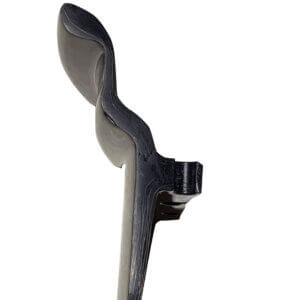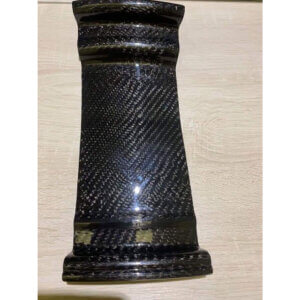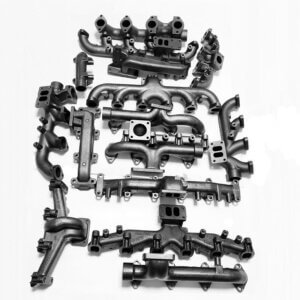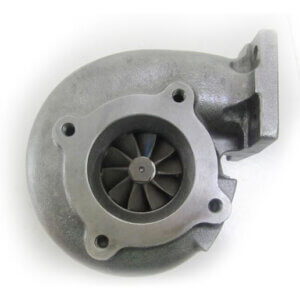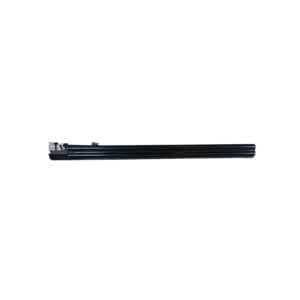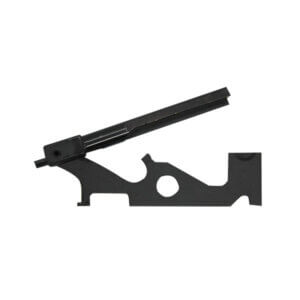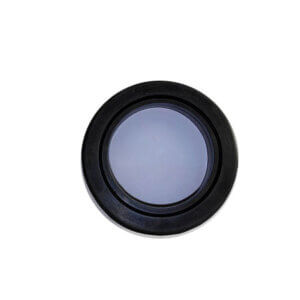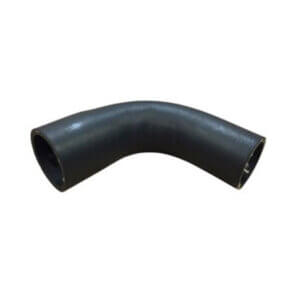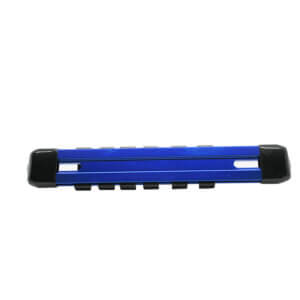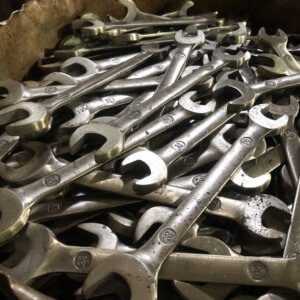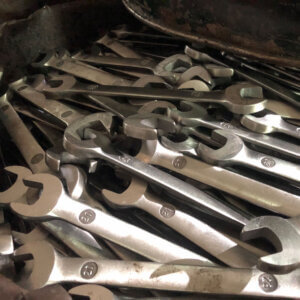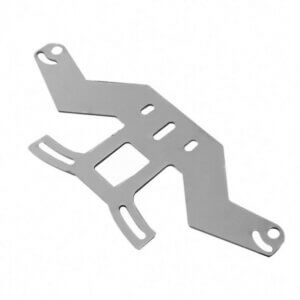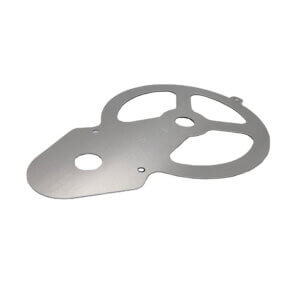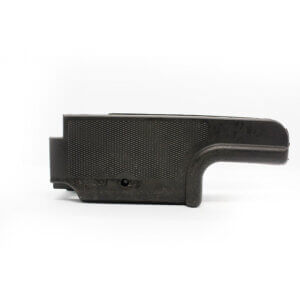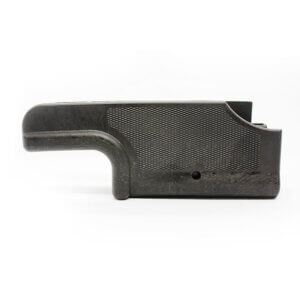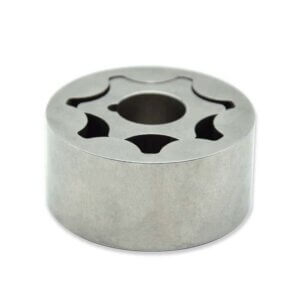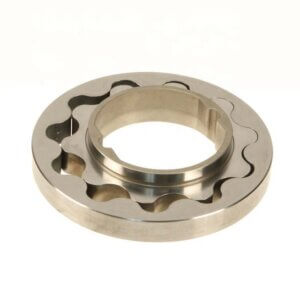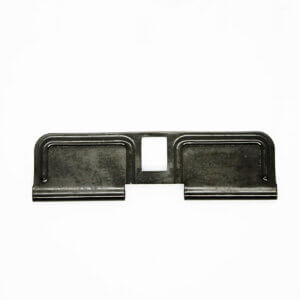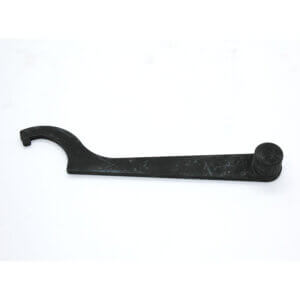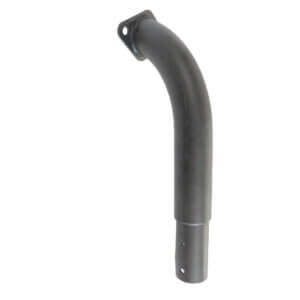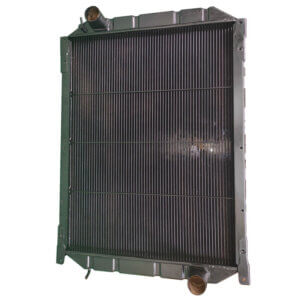Manufacturing Process
-
- Manufacturing Process
Carbon Fiber Parts Moulding
- Carbon Fiber is a polymer and is sometimes known as graphite fiber. It is a very strong material that is also very lightweight. Carbon fiber is five-times stronger than steel and twice as stiff. Carbon fiber is made of thin, strong crystalline filaments of carbon that is used to strengthen material.
-
- Manufacturing Process
Casting Moulding
- Our castings processing contain Die castings, Sand castings, Investment castings. The materials we used are black and non-ferrous alloy metals, include Grey, Malleable and Ductile iron, Brass/Copper, Zinc, Stainless steel and Aluminum.
-
- Manufacturing Process
CNC Machining
- We have different kinds of CNC equipment to provide customized machined parts, such as convention and CNC lathes, Mills and turning machines, Spline and thread rolling, etc.
-
- Manufacturing Process
Compression Moulding
- Compression moulding is a composite manufacturing process normally used to produce composite components in high production volume such as automotive components. There are two types of compression moulding process, i.e., cold compression and hot compression moldings.
-
- Manufacturing Process
Extrusion Moulding
- Extrusion moulding is a common manufacturing process that shapes materials with the help of a rigid frame called a pattern. The process involves the forcing out, or extruding, of materials through a die in order to create tube-shaped objects. The process starts off with raw plastic materials which are formed at high volumes and using heat. The material we process are Aluminum, PVC, Nylon, ABS, elastomers and more. Extrusion moulding is used to create products with a consistent cross-section.
-
- Manufacturing Process
Forging Moulding
- Forging Moulding is a manufacturing process involving the shaping of metal using localized compressive forces. Forging is often classified according to the temperature at which it is performed: cold forging, warm forging, or hot forging. For the latter two, the metal is heated, usually in a forge.
-
- Manufacturing Process
Laser Cutting
- Laser cutting is mainly a thermal process in which a focused laser beam is used to melt material in a localised area. There are three major varieties of laser cutting: fusion cutting, flame cutting and remote cutting.
-
- Manufacturing Process
Plastic Injection Moulding
- Plastic injection molding is by far the most common way to produce large volumes of finished plastic parts for every kind of commercial and industrial use. Molten resin is injected under high pressure into the cavity of a metal die and then rapidly cooled, forming a solid shape. A single cycle to make a finished part may take anywhere from a few seconds to minutes depending on part complexity and size.
-
- Manufacturing Process
Stamping Moulding
- Stamping is a manufacturing process used to convert flat metal sheets into specific shapes. It is a complex process that can include a number of metal forming techniques blanking, punching, bending and piercing, forming and drawing.
-


- Manufacturing Process
Surface Treatment
- A surface treatment is a process applied to the surface of a material to make it better in some way, for example by making it more resistant to corrosion or wear. We could give items a surface workable for the intended environment and function, which means to improve or change the surface property, such as appearance, strength, hardness, corrosion resistance, friction and anti-wear.
-
- Manufacturing Process
Welding
- Welding is a high heat process which melts the base material. Typically with the addition of a filler material. Heat at a high temperature causes a weld pool of molten material which cools to form the join, which can be stronger than the parent metal. Pressure can also be used to produce a weld, either alongside the heat or by itself.

